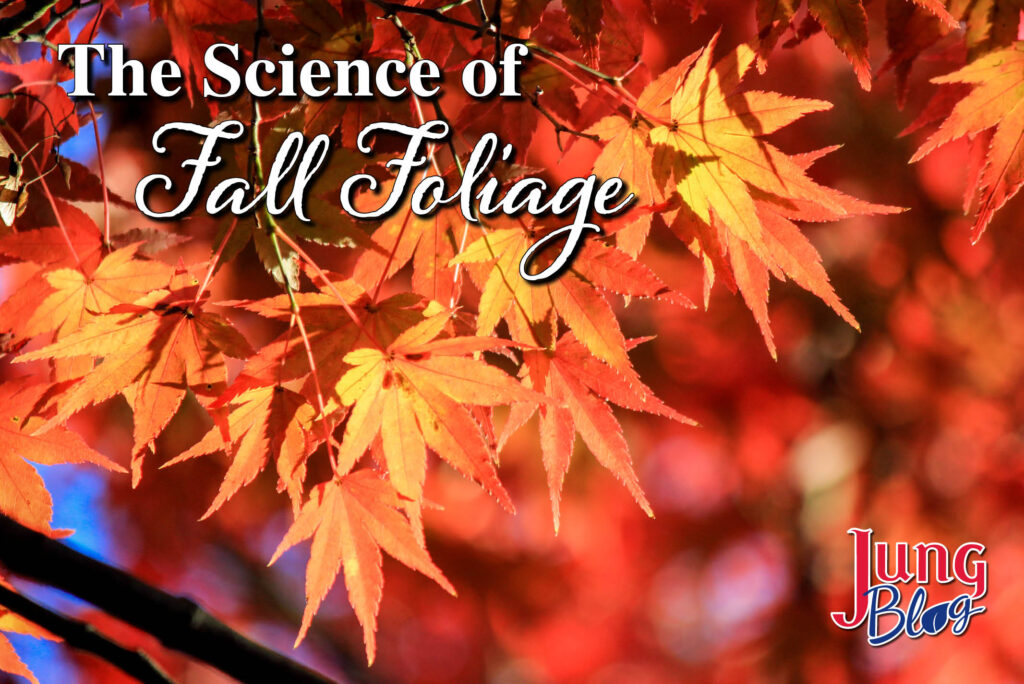
Why do leaves change color and fall off the trees? I never asked this question when I was young since, I was preoccupied with jumping in leaf piles. But as I got older, I became interested in learning why the fall colors exist.
The Colors Of Nature
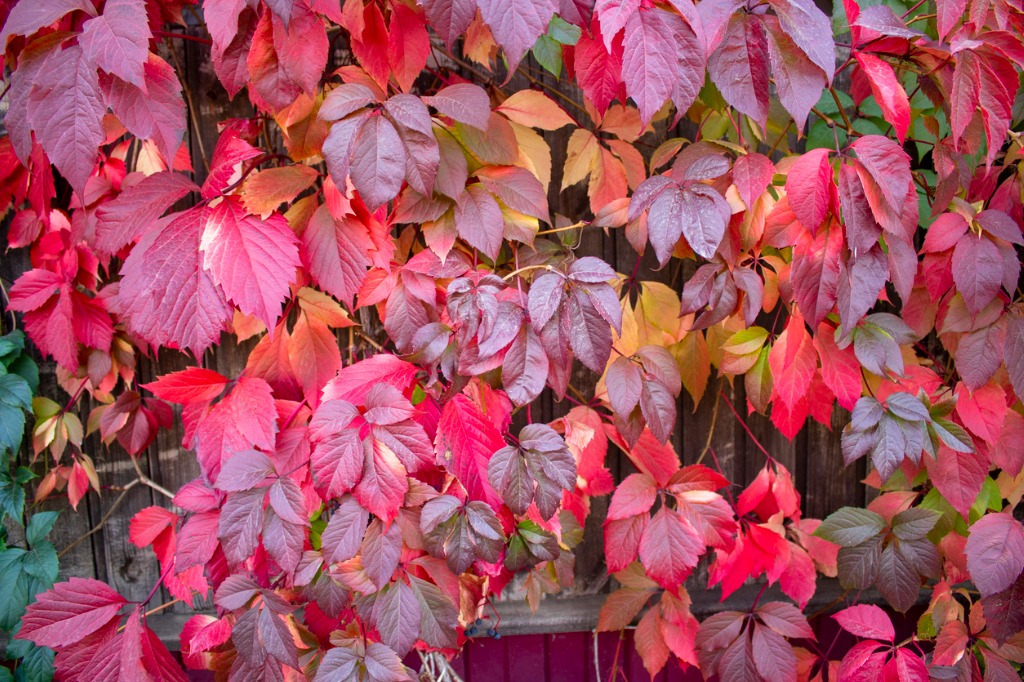
Summer
During summer, the leaves of most trees are green because of a pigment called Chlorophyll. This pigment is produced throughout summer to maintain the green foliage color.
Fall
However, other pigments exist in the leaves that we can only see in fall. These pigments include:
- Carotenoid – This pigment promotes yellow, orange, and red colors in leaves and fruit.
- Anthocyanin – A pigment that creates red and purple colors in fruit and leaves. Like carotenoids, we can’t see this pigment in summer, but it’s always in the leaves. As the days become shorter, the production of Anthocyanin increases in the leaves.
The long summer days are ideal for producing chlorophyll. Still, as the days get shorter, the chlorophyll production slows down and eventually stops. As a result, we see other colors appearing in the leaves, which are the Carotenoids and Anthocyanin pigments becoming visible.
What Affects Fall Color?

You may notice the fall color varies each year. Weather is crucial in each pigment’s production, affecting the fall colors. In years of drought, the leaves start changing color earlier than expected. This happens when trees and shrubs experience stress from lack of moisture, so the chlorophyll production ends sooner than normal. The result is earlier fall colors and more trees that lose their leaves without having dramatic fall color. Here’s the good news: if you look hard enough, you’ll always find pockets of gorgeous fall color every year.
The best fall colors happen during years of adequate moisture in summer, followed by warm and sunny days in autumn with cool nights.
Popular Tree & Shrub Fall Colors
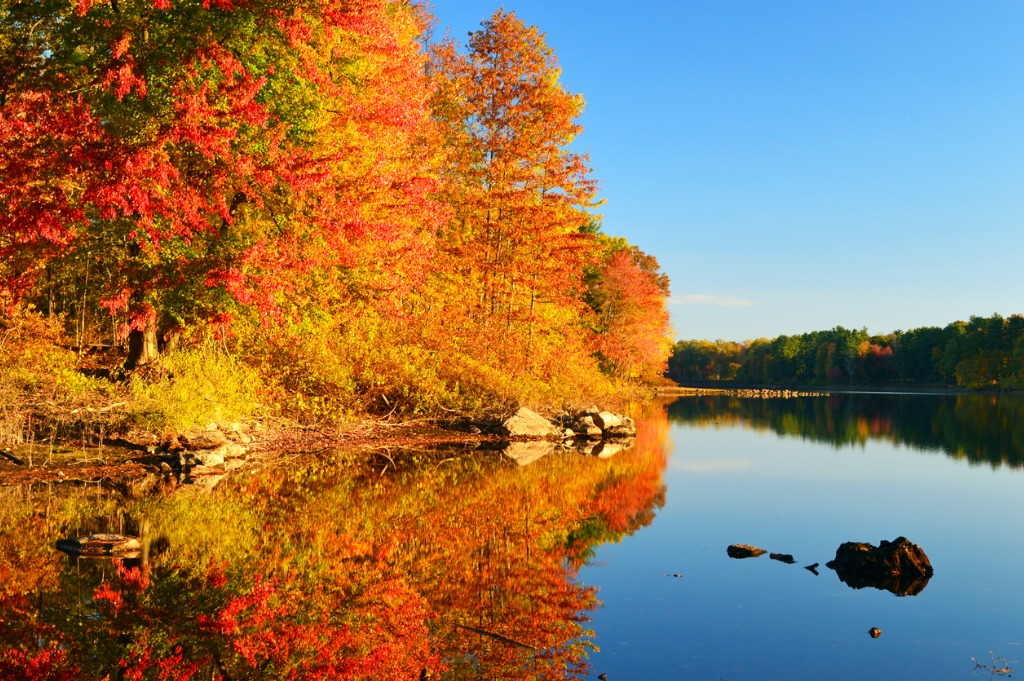
Here are some popular trees and the colors they display in fall. And remember, when you see these colors, you’re viewing those pigments we discussed earlier.
| Trees | Fall Colors |
| Aspen | Golden Yellow |
| Beech | Tan |
| Birch | Golden Yellow |
| Ginkgo | Gold |
| Honey Locust | Yellow |
| Oak | Red, Purple, Brown |
| Sugar Maple | Orange, Red |
| Sumac | Red, Orange |
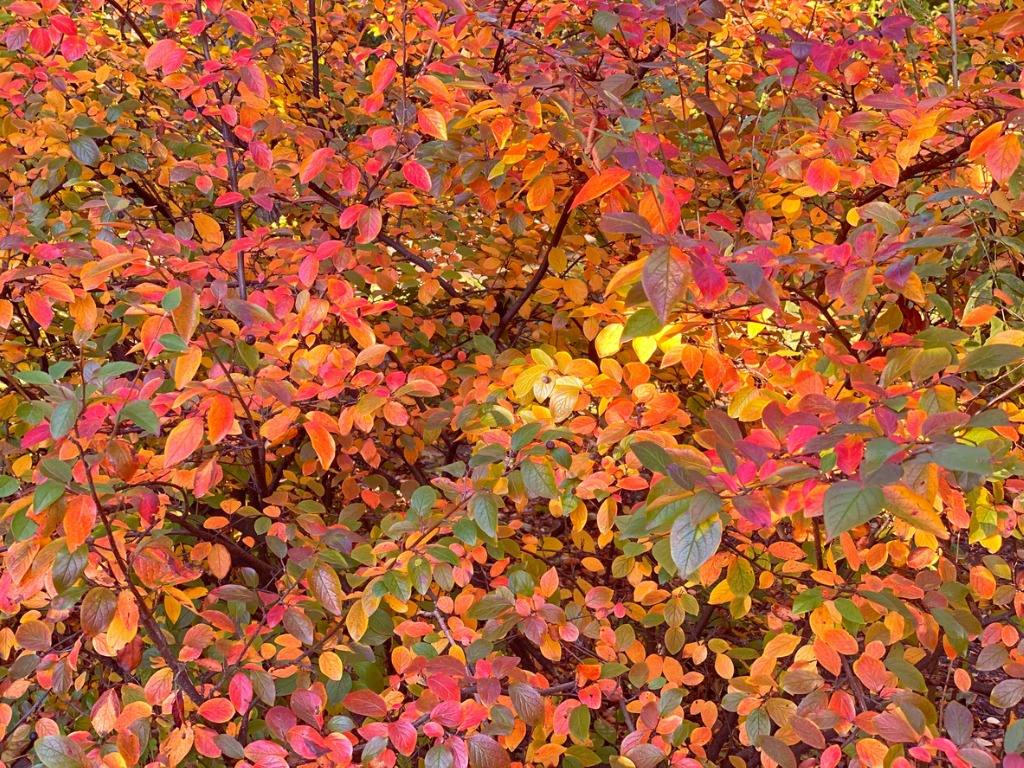
Here are examples of popular shrubs and the colors they display in fall.
| Shrubs | Fall Colors |
| Chokeberry | Orange, Red |
| Cotoneaster | Red or Orange |
| Ninebark | Red, Purple |
| Red-Twig Dogwood | Purple, Red |
Evergreen Coloring
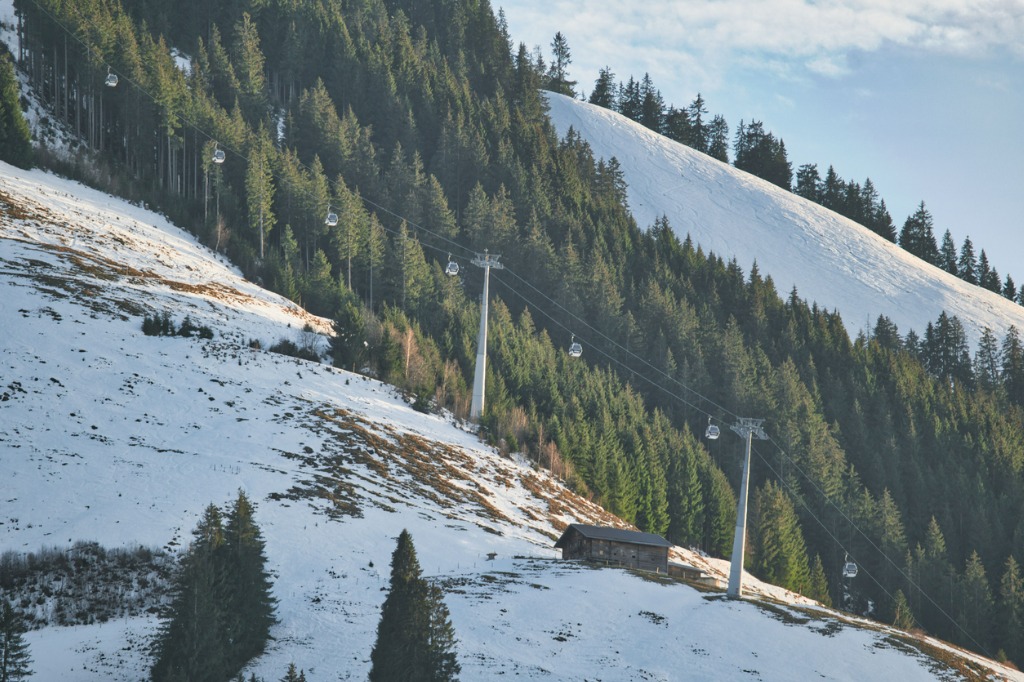
These plants have a different method of surviving cold temperatures, as the needles on evergreens have a thick wax coating that protects the cells in the needles. And that’s not all. The inner parts of the needles have a fluid that prevents the cells from freezing, allowing the foliage to survive frigid winters. Evergreens need moisture to keep their needles from drying, so we recommend watering newer plants until the ground freezes.
Many homeowners notice yellow needles on their pine trees in the fall. While it can seem alarming, these changes are normal for pines as they shed older needles toward the tree’s interior. On most pines, the needles only live about three years before falling.
Our landscapes rapidly change, so head outside to check out those colorful leaf pigments!
Other Recommended Reading
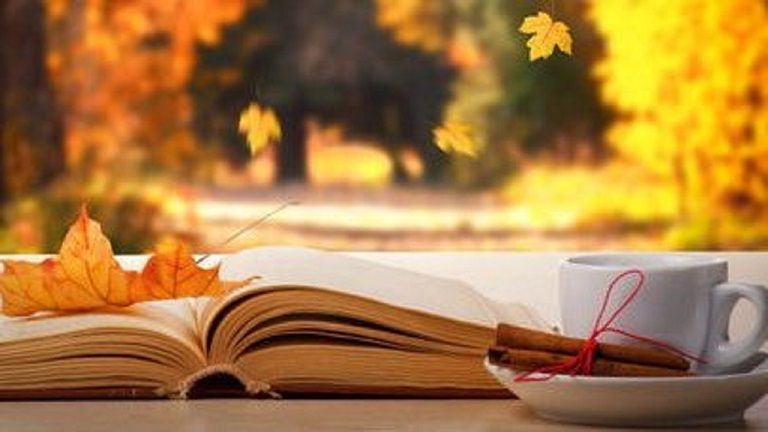
- Fall Gardening: Ornamental Grass
- Fall Container Garden & Planter Ideas
- Selecting Shrubs for Colorful Foliage
- 8 Popular Evergreens to Grow
- How to Harvest Pumpkins (And How to Store Them)

At Jung Seed Co, we strive to be your go-to guide for all your gardening needs. Our YouTube channel The Garden Doctor by Dick Zondag is where he provides gardening tips for all levels of gardeners. When you need reliable gardening advice, turn to the trusted experts at Jung.
View our catalog online or browse our website for all of your gardening favorites. To receive info on new products, exclusive deals, and specials, be sure to sign up for our weekly email. Join our Facebook page, to discuss all things gardening!
About the Author: Matthew Olson is a professional horticulturist and garden writer. He has a bachelor’s degree in horticulture from UW-River Falls and is a certified professional with the Minnesota Nursery and Landscape Association. His enthusiasm for plants and the outdoors brought him to the green industry. He regularly writes articles about gardening for both gardeners and industry professionals. He can be reached at matt@mattolsonhorticulture.com.